*
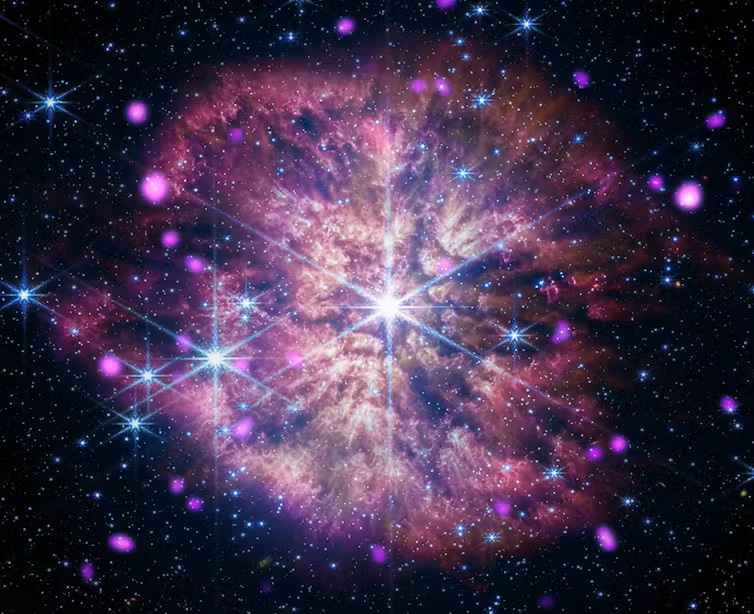
- The standard model in cosmology – which has been evolving since the middle of the 20th century – is exceedingly popular among astronomers. They like it because it explains much of what we see.
- But the standard model has has been unable to explain some of what astronomers observe in our universe, including the expansion of the galaxies, the smoothness versus “clumpiness” of matter, massive early galaxies, and more.
- Will new observations confirm or confound the standard model? Will we get validation of the standard model? Or will there be a tipping point where we find we need new physics?
By Andreea Font, Liverpool John Moores University
Cosmology in the crosshairs
For the past few years, a series of controversies has rocked the well-established field of cosmology. In a nutshell, the predictions of the standard model of the universe appear to be at odds with some recent observations.
There are heated debates about whether these observations are biased, or whether the cosmological model, which predicts the structure and evolution of the entire universe, may need a rethink. Some even claim that cosmology is in crisis. Right now, we do not know which side will win. But excitingly, we are on the brink of finding that out.
To be fair, controversies are just the normal course of the scientific method. And over many years, the standard cosmological model has had its share of them. This model suggests the universe is made up of 68.3% dark energy. Dark energy is an unknown substance that causes the universe’s expansion to accelerate. In addition, the model says 26.8% of the universe is dark matter (an unknown form of matter) and 4.9% is ordinary atoms. Scientists precisely measure this from the cosmic microwave background, or the afterglow of radiation from the Big Bang.
It explains very successfully multitudes of data across both large and small scales of the universe. For example, it can explain things like the distribution of galaxies around us and the amount of helium and deuterium made in the universe’s first few minutes. Perhaps most importantly, it can also perfectly explain the cosmic microwave background.
This has led to it gaining the reputation as the “concordance model”. But a perfect storm of inconsistent measurements – or “tensions” as they’re known as in cosmology – are now questioning the validity of this longstanding model.
Uncomfortable tensions in cosmology
The standard model makes particular assumptions about the nature of dark energy and dark matter. But despite decades of intense observation, we still seem no closer to working out what dark matter and dark energy consist of.
The litmus test is the so-called Hubble tension. This relates to the Hubble constant, which is the rate of expansion of the universe at the present time. When measured in our nearby, local universe, from the distance to pulsating stars in nearby galaxies, called Cepheids, its value is 73 kilometers per second per Megaparsec (km/s/Mpc). (A Megaparsec is a unit of measure for distances in intergalactic space.) However, when predicted theoretically, the value is 67.4 km/s/Mpc. The difference may not be large (only 8%), but it is statistically significant.
The Hubble tension became known about a decade ago. Back then, people thought the observations may have been biased. For example, the Cepheids, although bright and easy to see, were crowded together with other stars. So that could have made them appear even brighter. And this could have made the Hubble constant higher by a few percent compared to the model prediction, thus artificially creating a tension.
With the advent of the James Webb Space Telescope, we can separate the stars individually. So we’d hoped we’d have an answer to this tension.
Still looking for answers
Frustratingly, this hasn’t yet happened. Astronomers now use two other types of stars besides the Cepheids. (These types are the Tip of the Red Giant Branch stars (TRGB) and the J-region Asymptotic Giant Branch (JAGB) stars.) But while one group has reported values from the JAGB and TRGB stars that are tantalizingly close to the value expected from the cosmological model, another group has claimed they are still seeing inconsistencies in their observations. Meanwhile, the Cepheids measurements continue to show a Hubble tension.
It’s important to note that although these measurements are very precise, they may still be biased by some effects uniquely associated with each type of measurement. This will affect the accuracy of the observations, in a different way for each type of stars. A precise but inaccurate measurement is like trying to have a conversation with a person who is always missing the point. To solve disagreements between conflicting data, we need measurements that are both precise and accurate.
The good news is that the Hubble tension is now a rapidly developing story. Perhaps we will have the answer to it within the next year or so. Improving the accuracy of data, for example, by including stars from more faraway galaxies, will help sort this out. Similarly, measurements of ripples in spacetime – or gravitational waves – will also be able to help us pin down the constant.
A good track record for the standard model
This may all vindicate the standard model. Or it may hint that there’s something missing from it. Perhaps the nature of dark matter or the way that gravity behaves on specific scales is different to what we believe now. But before discounting the model, one has to marvel at its unmatched precision. It only misses the mark by at most a few percent, while extrapolating over 13 billion years of evolution.
To put it into perspective, even the clockwork motions of planets in the solar system can only be computed reliably for less than 1 billion years, after which they become unpredictable. The standard cosmological model is an extraordinary machine.
The ‘clumpiness’ in cosmology
The Hubble tension is not the only trouble for cosmology. Another one, known as the S8 tension, is also causing trouble, albeit not on the same scale. Here the model has a smoothness problem, by predicting that matter in the universe should be more clustered together than we actually observe, by about 10%. There are various ways to measure the “clumpiness” of matter, for example by analyzing the distortions in the light from galaxies, produced by the assumed dark matter intervening along the line of sight.
Currently, there seems to be a consensus in the community that the uncertainties in the observations have to be teased out before ruling out the cosmological model. One possible way to alleviate this tension is to better understand the role of gaseous winds in galaxies, which can push out some of the matter, making it smoother.
Understanding how clumpiness measurements on small scales relate to those on larger scales would help. Observations might also suggest there is a need to change how we model dark matter. For example, if instead of being made entirely of cold, slow moving particles, as the standard model assumes, dark matter could be mixed up with some hot, fast-moving particles. This could slow down the growth of clumpiness at late cosmic times, which would ease the S8 tension.
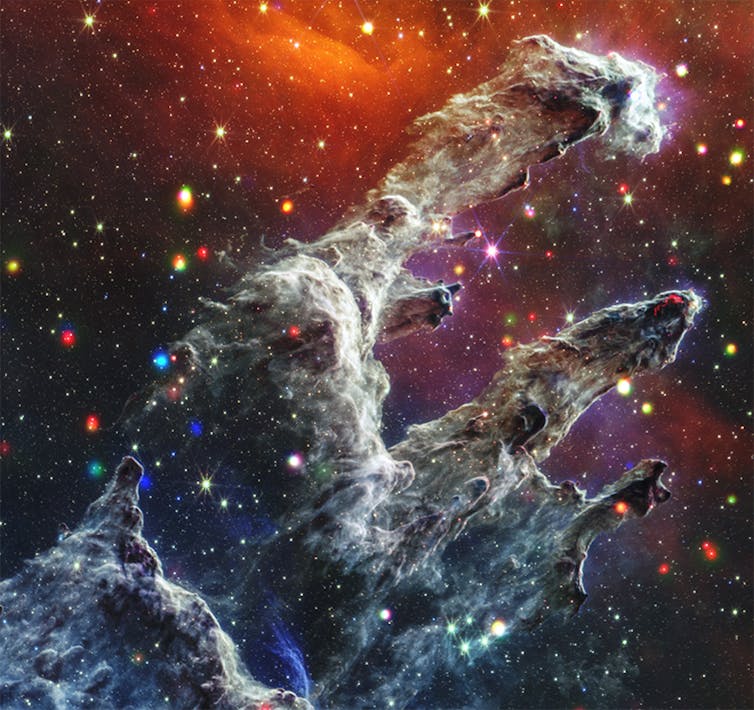
Early, massive galaxies
Webb has highlighted other challenges to the standard model. One of them is that early galaxies appear to be much more massive that expected. Some galaxies may weigh as much as the Milky Way today, even though they formed less than 1 billion years after the Big Bang, suggesting they should be less massive.
However, the implications against the cosmological model are less clear in this case, as there may be other possible explanations for these surprising results. Key to solving this problem is to improve the measurement of stellar masses in galaxies. Rather than measuring them directly, which is not possible, we infer these masses from the light emitted by galaxies.
This step involves some simplifying assumptions, which could translate in overestimating the mass. Recently, some have argued that some of the light attributed to stars in these galaxies is generated by powerful black holes. This would imply that these galaxies may not be as massive after all.
Alternative theories of cosmology
So, where do we stand now? Some tensions may soon be explained by more and better observations. But it is not yet clear whether there will be a resolution to all of the challenges battering the cosmological model.
There has been no shortage of theoretical ideas of how to fix the model though. Perhaps too many, in the range of a few hundred and counting. That’s a perplexing task for any theorist who may wish to explore them all.
The possibilities are many. Perhaps we need to change our assumptions of the nature of dark energy. Perhaps it is a parameter that varies with time, which some recent measurements have suggested. Or maybe we need to add more dark energy to the model to boost the expansion of the universe at early times, or, on the contrary, at late times. Modifying how gravity behaves on large scales of the universe (differently than done in the models called Modified Newtonian Dynamics, or MOND) may also be an option.
So far, however, none of these alternatives can explain the vast array of observations that the standard model can. Even more worrisome, some of them may help with one tension but worsen others.
Challenging theories
The door is now open to all sorts of ideas that challenge even the most basic tenets of cosmology. For example, we may need to abandon the assumption that the universe is homogeneous and isotropic on very large scales. These term suggest there are no special points in the universe. So, maybe it doesn’t look the same in all directions to all observers. Others propose changes to the theory of general relativity.
Some even imagine a trickster universe, which participates with us in the act of observation, or which changes its appearance depending on whether we look at it or not … something we know happens in the quantum world of atoms and particles.
In time, many of these ideas will likely be relegated to the cabinet of curiosities of theorists. But for now, they provide a fertile ground for testing the “new physics”.
This is a good thing. The answer to these tensions will no doubt come from more data. In the next few years, a powerful combination of observations from experiments such as Webb, the Dark Energy Spectroscopic Instrument (DESI), the Vera Rubin Observatory and Euclid, among many others, will help us find the long-sought answers.
Tipping point
On one side, more accurate data and a better understanding of the systematic uncertainties in the measurements could return us to the reassuring comfort of the standard model. Out of its past troubles, the model may emerge not only vindicated, but also strengthened, and cosmology will be a science that is both precise and accurate.
But if the balance tips the other way, we will be ushered into uncharted territory, where new physics will have to be discovered. This could lead to a major paradigm shift in cosmology, akin to the discovery of the accelerated expansion of the universe in the late 1990s. But on this path we may have to reckon, once and for all, with the nature of dark energy and dark matter, two of the big unsolved mysteries of the universe.![]()
Andreea Font, Reader in Theoretical Astrophysics, Liverpool John Moores University
This article is republished from The Conversation under a Creative Commons license. Read the original article.
Bottom line: The standard model has done an exceptional job explaining cosmology. But there are problems. Will new observations confirm the standard model or be a tipping point toward us needing new physics?


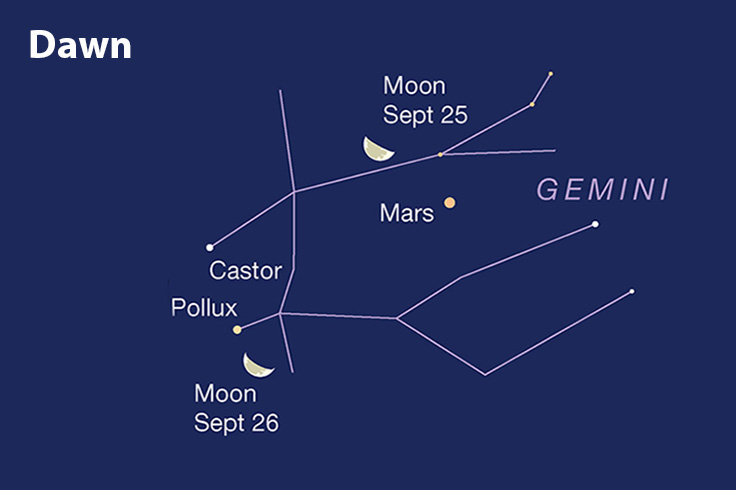
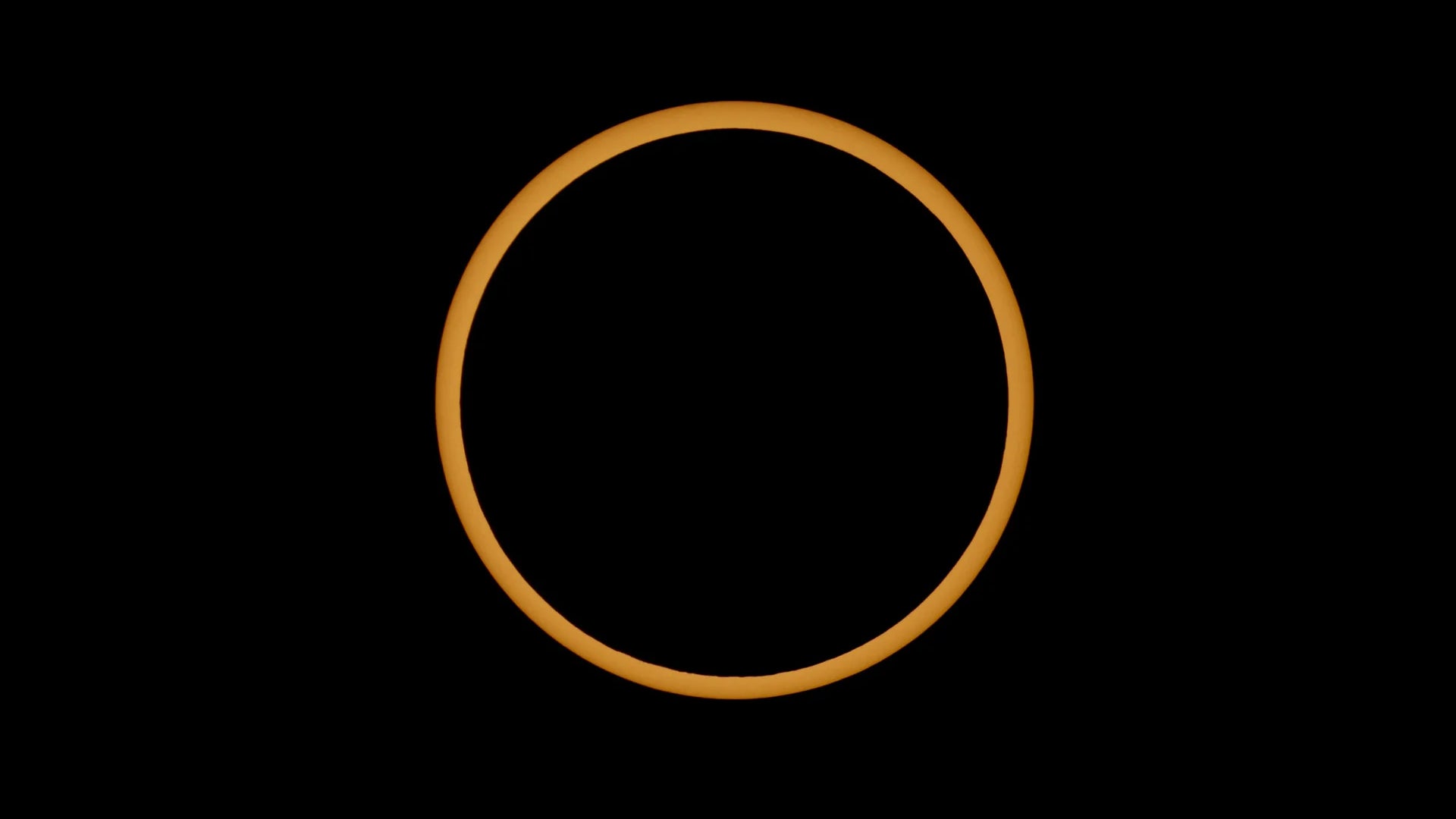
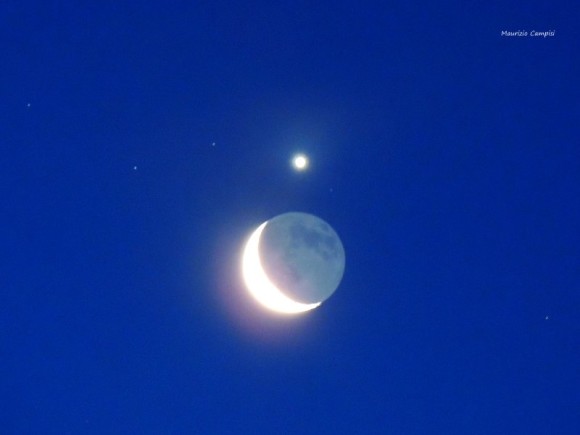
No comments! Be the first commenter?